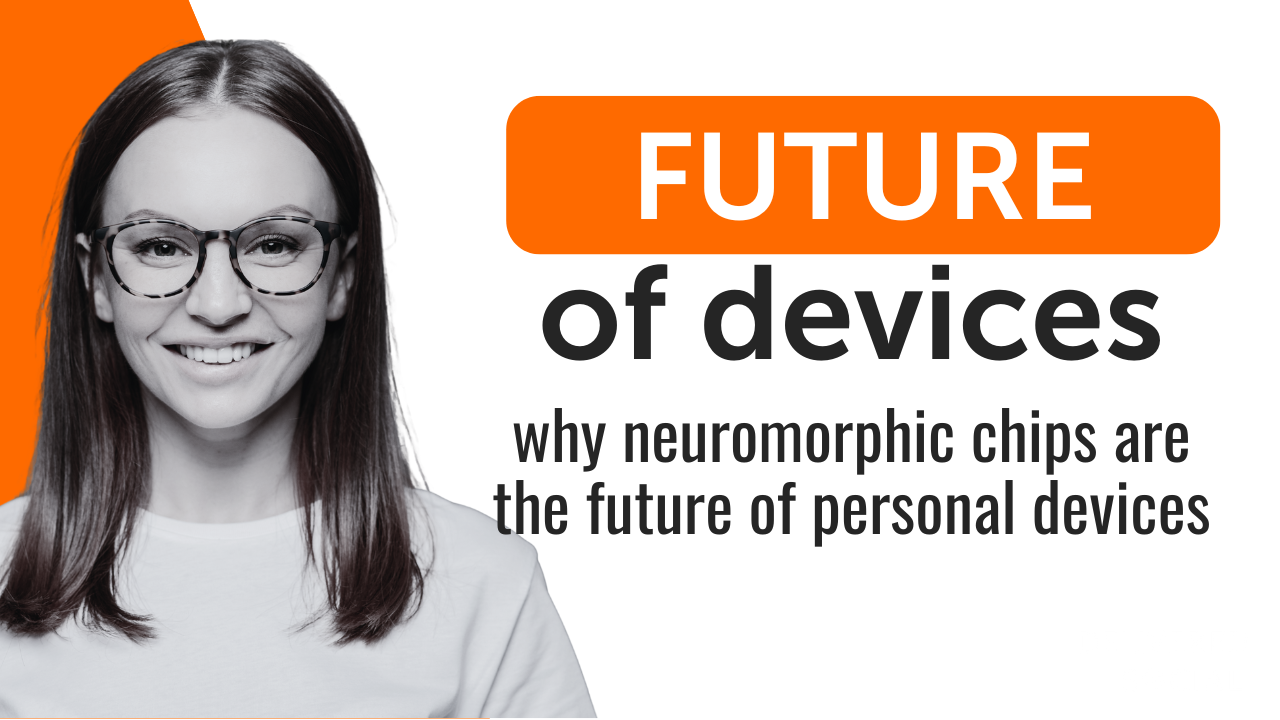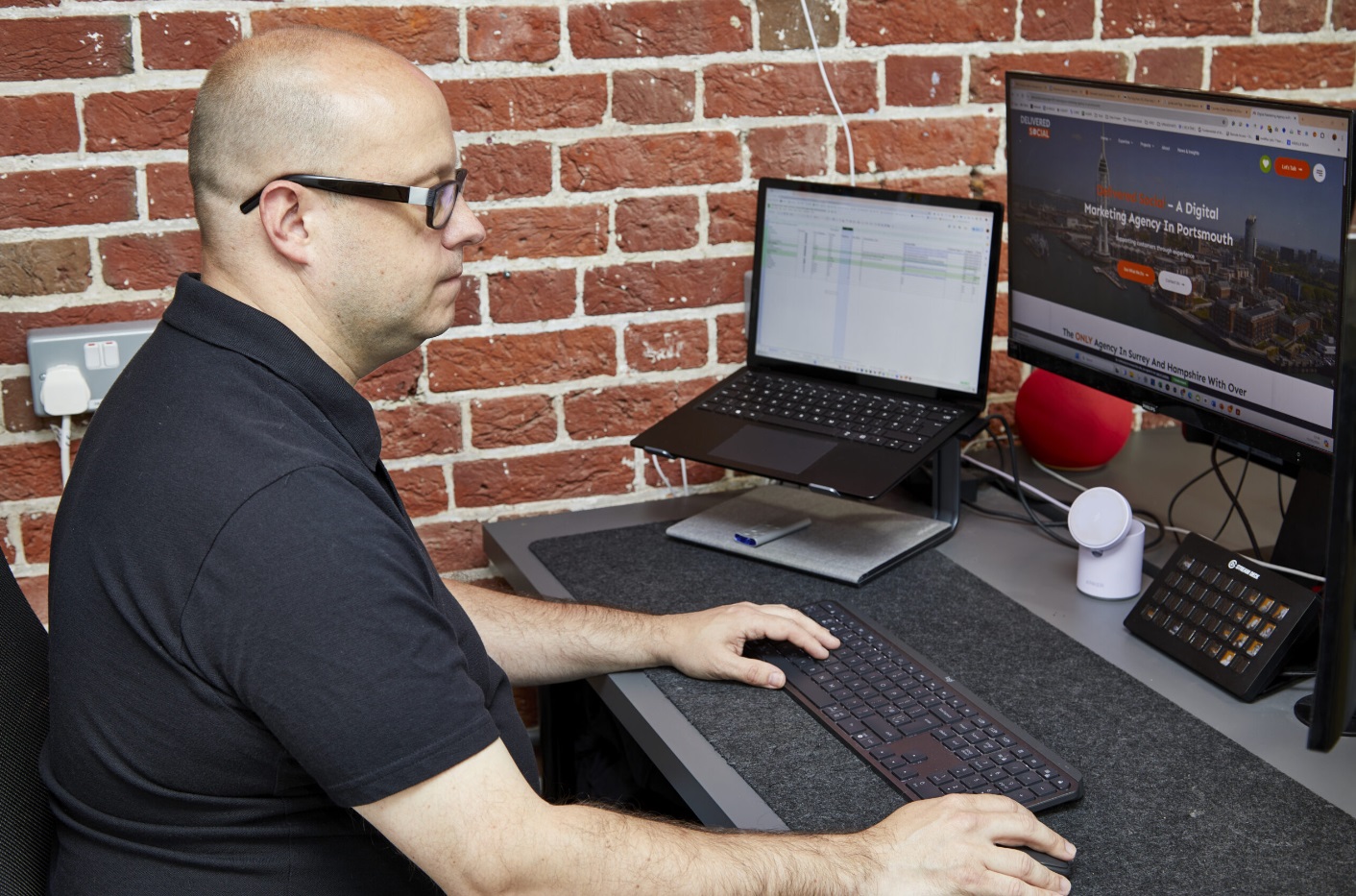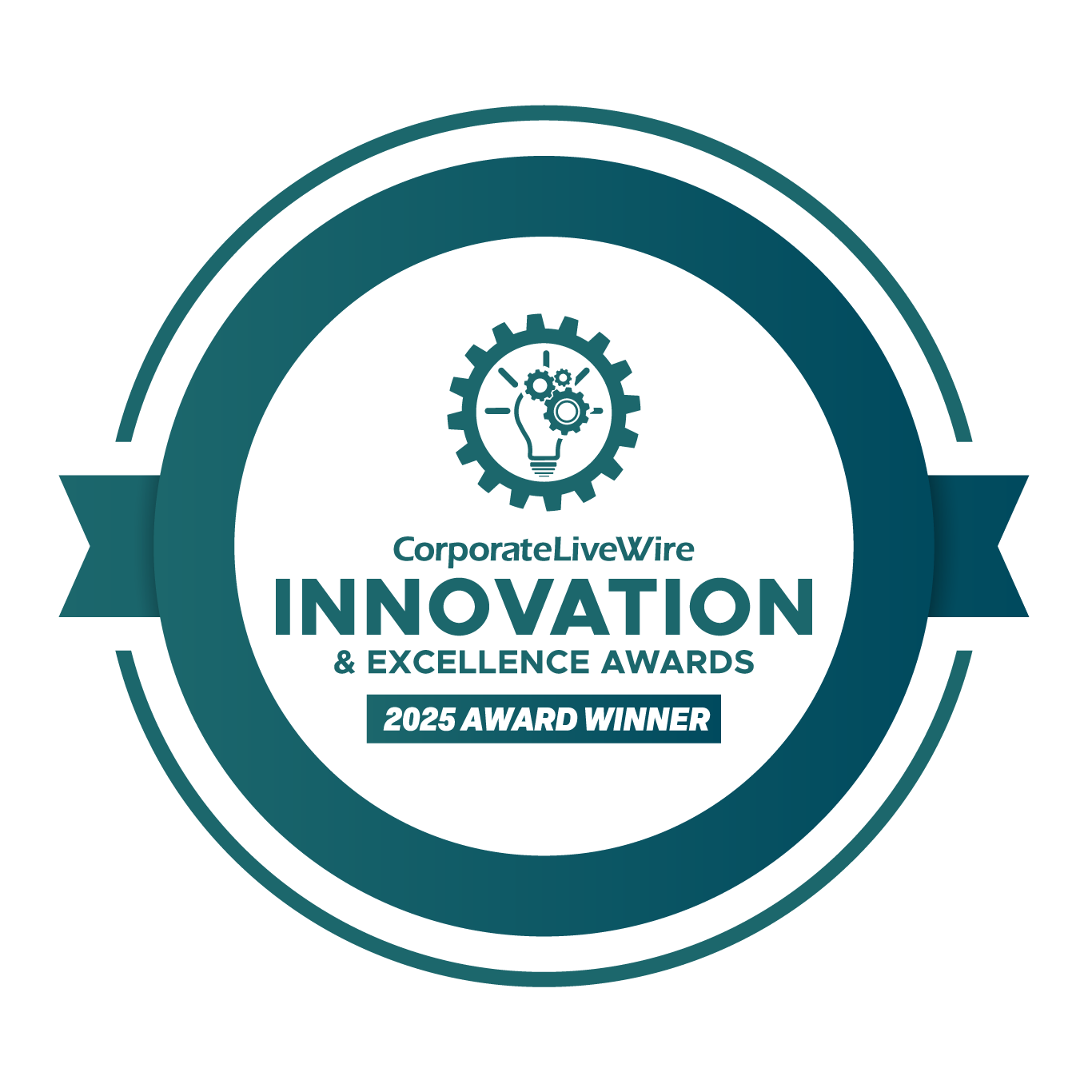
The demand for faster, smarter, and more energy-efficient personal devices is pushing technology far beyond the limits of traditional computing. Smartphones, wearables, home assistants, and even laptops are being reimagined to meet user needs that involve real-time language processing, adaptive behavior, and efficient power use. This evolution mirrors trends in industries like sports betting sites not on Gamstop, where speed, personalization, and intelligent interfaces define the user experience. At the heart of this next stage in personal computing is a technology inspired by the human brain: neuromorphic chips.
Unlike conventional processors that execute instructions sequentially, neuromorphic chips process data in parallel, using networks of artificial neurons and synapses. This brain-inspired design allows devices to learn, adapt, and make decisions faster – without draining battery life or requiring massive amounts of cloud processing.
What Sets Neuromorphic Chips Apart
Neuromorphic computing differs fundamentally from traditional silicon architectures. While modern CPUs and GPUs rely on binary logic and centralized memory, neuromorphic chips integrate memory and computation in a distributed manner – much like a brain does.
The key features that define neuromorphic chips include:
| Feature | Neuromorphic Chips | Traditional Chips |
| Architecture | Event-driven, parallel | Clock-driven, sequential |
| Energy Efficiency | Extremely low power consumption | Moderate to high power requirements |
| Processing Style | Spiking neural networks (SNNs) | Binary arithmetic logic |
| Adaptability | Capable of on-chip learning | Requires software or cloud-based AI |
| Latency | Near-instantaneous response to stimuli | Often involves delays from cloud calls |
Because they mimic how neurons communicate, neuromorphic chips are especially effective in tasks like speech recognition, visual processing, anomaly detection, and localized decision-making – precisely the areas where modern personal devices are evolving most quickly.
Personal Devices Are Getting Smarter – And Smaller
As users demand more intelligent interactions from their devices, neuromorphic chips offer a scalable and efficient path forward. The ability to process contextual data locally – without relying on the cloud – means faster response times, more privacy, and lower energy consumption. This is especially important for edge devices such as wearables and AR glasses, where battery size and heat generation are major constraints.
Real-world use cases already in progress include:
- Smart earbuds that filter noise based on real-time ambient changes
- Home assistants that learn from your daily routines and adapt voice recognition
- Health monitors that detect irregular heart or movement patterns on the fly
- Augmented reality devices with dynamic visual tracking without external servers
These devices are moving toward on-device intelligence that doesn’t just process commands, but understands behavior over time. With neuromorphic chips, they don’t need cloud dependence to evolve and improve.
How Neuromorphic Chips Impact Battery Life and Speed
One of the biggest bottlenecks in current devices is the balance between speed and energy use. AI-driven tasks like facial recognition, object tracking, or voice-to-text conversion typically require large amounts of power when processed on traditional chips. Neuromorphic designs change that equation.
Here’s how these chips benefit performance:
- Spike-based processing: Chips only consume energy when information is present, unlike constant processing loops
- In-memory computing: Reduces data movement, which is a major source of heat and battery drain
- Parallelism: Handles complex tasks in real time without queuing instructions like a CPU
- Adaptive computation: Learns what to prioritize over time, optimizing performance dynamically
These characteristics allow devices to run more AI-heavy functions for longer periods without sacrificing performance or requiring larger batteries – something current mobile platforms continue to struggle with.
Challenges to Overcome Before Widespread Adoption
While the promise is strong, neuromorphic chips are still in early stages of mass deployment. Most existing devices run on architectures that aren’t designed to integrate this type of chip easily. Developers also need new tools, frameworks, and training models tailored to spiking neural networks.
Current barriers include:
- Lack of standardized software environments for neuromorphic models
- Limited availability of consumer-ready chips at scale
- Compatibility issues with existing mobile and desktop OS frameworks
- Higher initial development costs for OEMs
That said, companies like Intel (with its Loihi chip), IBM (with TrueNorth), and BrainChip (with Akida) are accelerating development and working closely with device makers to close these gaps.
Why the Future Belongs to Neuromorphic Design
Neuromorphic chips aren’t just about speed – they represent a new philosophy in computing. By replicating how the human brain processes information, they allow personal devices to interact with the world in a more fluid, context-aware manner. Instead of executing static commands, these devices can now listen, learn, and adapt – just like their users do.
As user expectations continue to grow, and demand for privacy and local processing rises, neuromorphic chips offer a path toward intelligent devices that are faster, smarter, and more sustainable. From earbuds that learn how you listen to phones that recognize your environment before you speak, this shift could redefine the way personal tech thinks – and thinks for you.
Interested In Working Together?
Introducing Delivered Social. We’re The Most-Rated Digital Agency In Surrey & Hampshire – We’ve Got To Be Doing Something Right.
Delivered Social is a digital marketing agency with one mission—to help businesses grow. We’re famous in Guildford and Portsmouth for our social clinics. We believe in free advice. We build lasting relationships because our team prides itself on being helpful, which our clients appreciate.
If you are looking for a new website or an agency to manage your social media presence, we can help.
If you need something slightly different, here's a super handy list of all our services, or you can always email us.



















